These Animals in Australia Can Literally Kill You in Minutes
Australia’s landscapes are full of beauty, but they’re also home to animals with reputations few places can match. Some carry venom strong enough to shut down the body before help arrives, and others rely on brute force that leaves no chance to react. If you’re visiting or living Down Under, it’s worth knowing what’s lurking nearby. Here are 15 creatures that carry enough bite or sting to end things in minutes.
Blue-Ringed Octopus
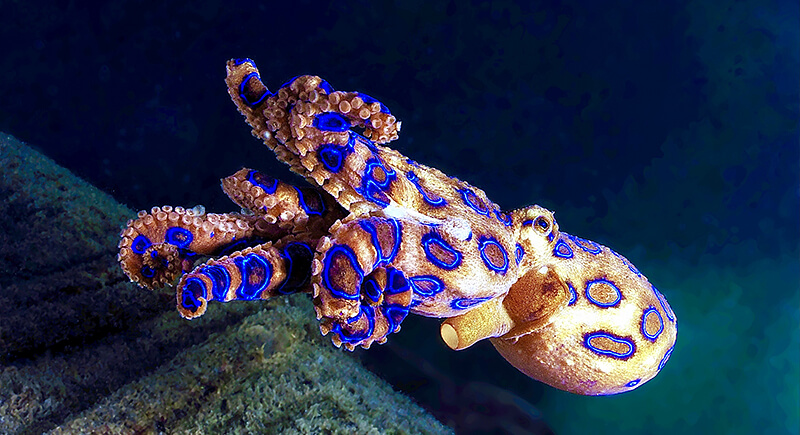
Credit: Wikimedia Commons
This little octopus has venom that can paralyze muscles and stop breathing. The blue rings glow brighter when it feels threatened, acting like nature’s version of flashing hazard lights. Most incidents happen when people pick them up, because they look harmless.
Inland Taipan
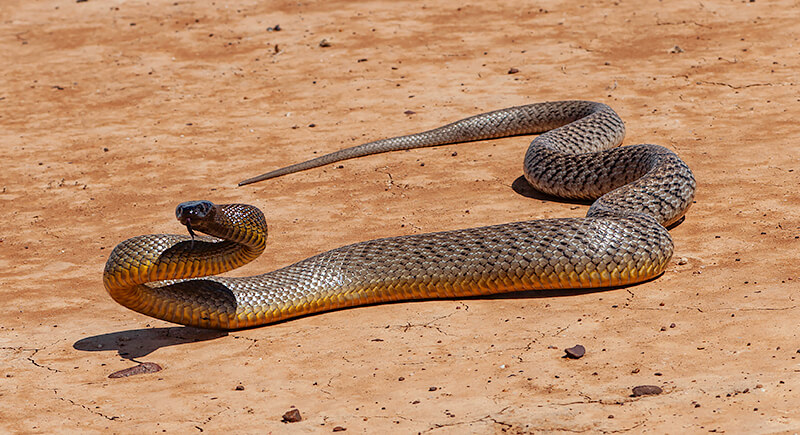
Credit: iStockphoto
This is known for being the most venomous land snake in the world, but it keeps a low profile in Australia’s dry interior. Its venom acts so quickly that it can shut down major systems before help arrives. Most people will never see one outside a lab or documentary.
Box Jellyfish
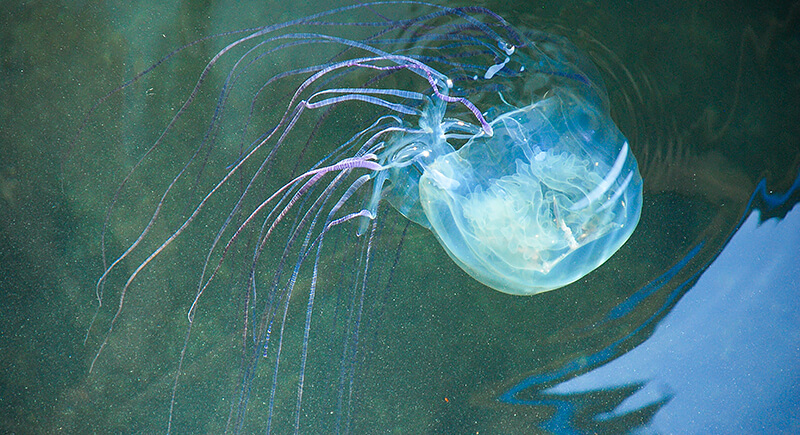
Credit: iStockphoto
The box jellyfish isn’t the kind of beachside threat that makes noise. Its tentacles stretch up to 10 feet and hold thousands of stinging cells. The venom affects the heart and nervous system, and severe stings have led to cardiac arrest within minutes.
Cone Snail
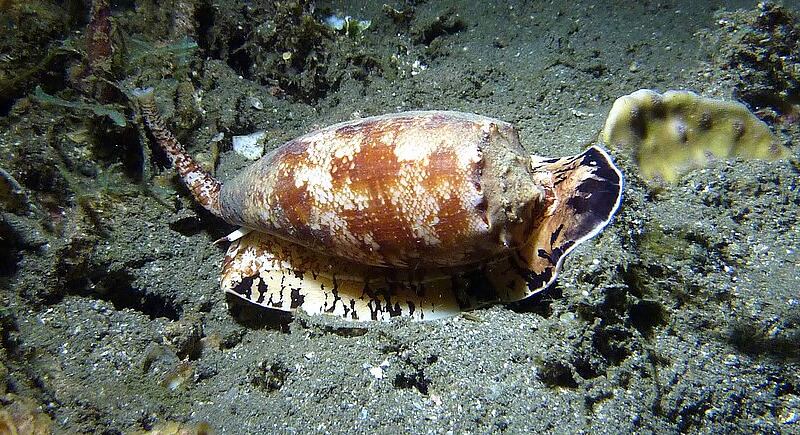
Credit: Wikimedia Commons
The shell looks like something worth keeping, but it hides a predator armed with a built-in harpoon. Conus geographus, the deadliest of the group, can inject venom that shuts down breathing in minutes. There’s no warning splash or struggle—just a sting that does its work out of sight.
Coastal Taipan
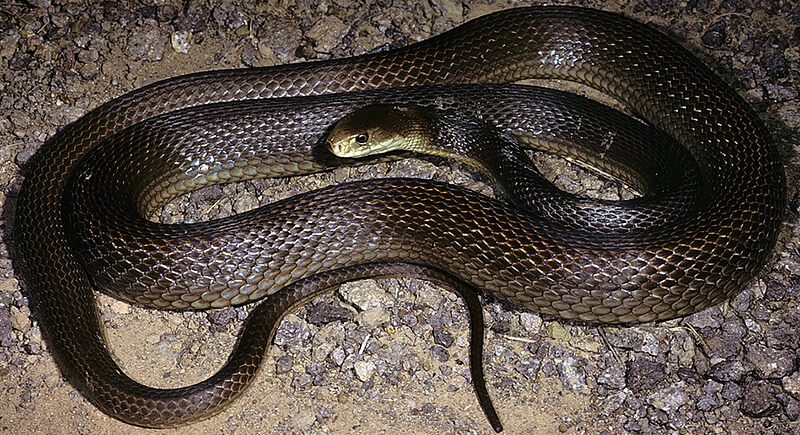
Credit: Wikimedia Commons
The coastal taipan doesn’t want attention. But step too close, and it can deliver a venom dose strong enough to clot blood and paralyze nerves. Before antivenom became available in the 1950s, survival wasn’t likely. Still, bites today are considered a medical emergency.
Irukandji Jellyfish
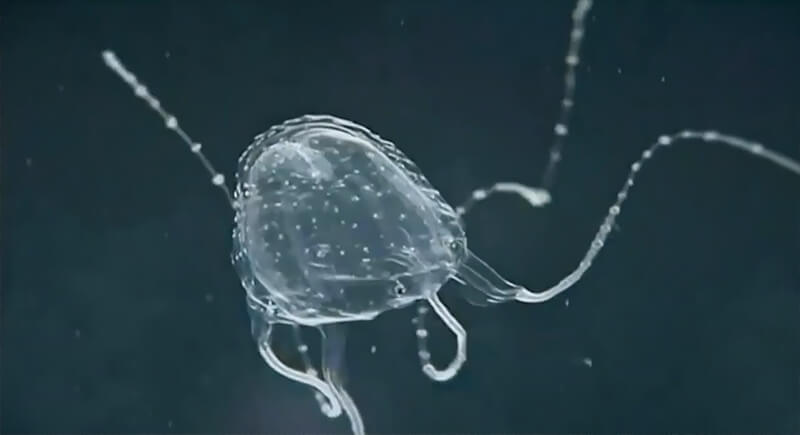
Credit: Youtube
This jellyfish is barely bigger than a quarter, but that doesn’t mean it is harmless. A sting can cause Irukandji syndrome, which includes excruciating pain, nausea, high blood pressure, and in rare cases, fatal complications. Swimmers often don’t notice the sting until the symptoms kick in.
Saltwater Crocodile
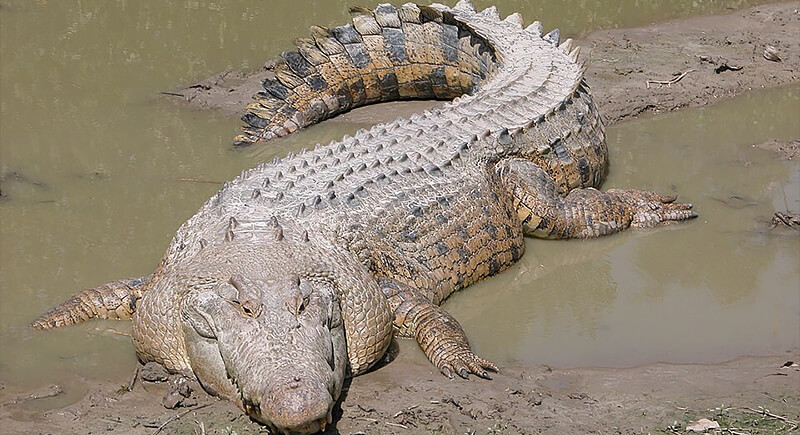
Credit: Wikimedia Commons
It doesn’t need venom. This reptile has the strongest measured bite force on Earth and enough mass to pull prey under before anyone notices. Warning signs are posted for good reason, especially across northern Australia. Even experienced locals treat every murky bank with suspicion.
Tiger Shark
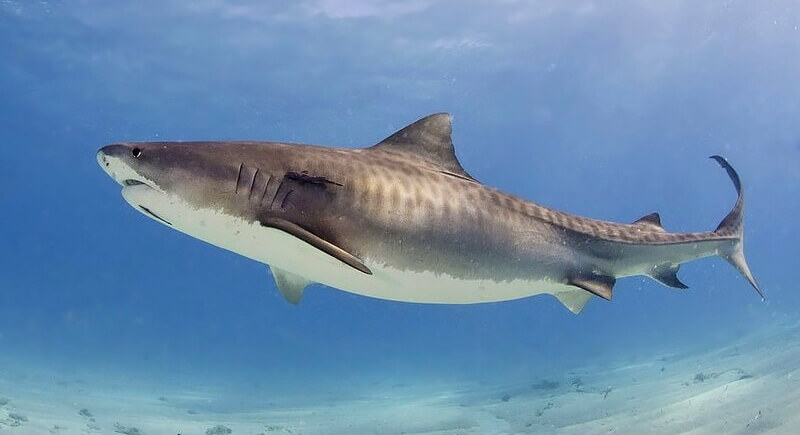
Credit: Wikimedia Commons
The tiger shark is also referred as the “garbage can of the sea” and swallows almost anything: sea turtles, crustaceans, even random metal objects. Though it doesn’t actively hunt people, its curiosity and indiscriminate eating habits make it one of the most dangerous marine animals.
Eastern Brown Snake
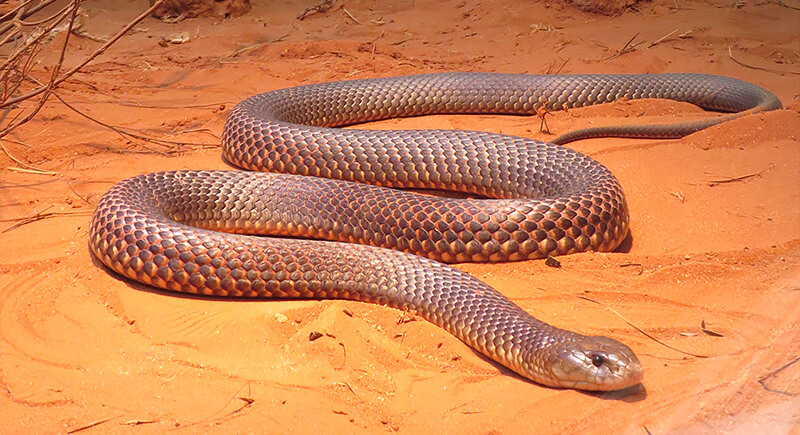
Credit: Wikimedia Commons
This snake shows up around farmland, sheds, and suburban areas more often than you’d expect. It’s thin and fast, which makes it hard to spot until it’s already coiled. Its venom affects blood clotting and the nervous system, and without quick treatment, outcomes can spiral.
Funnel-Web Spider
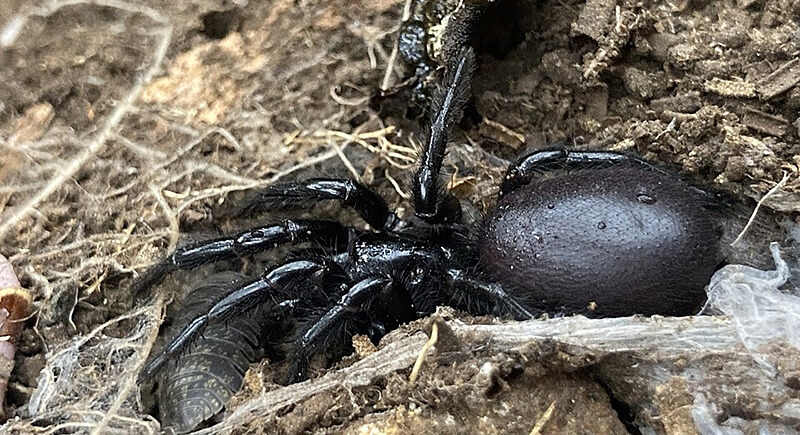
Credit: Wikimedia Commons
When it comes to spiders, the Sydney funnel-web has earned its infamy. It’s aggressive when disturbed and carries venom that can shut down a human nervous system. Males tend to wander during the warmer months, especially after rain.
Stonefish
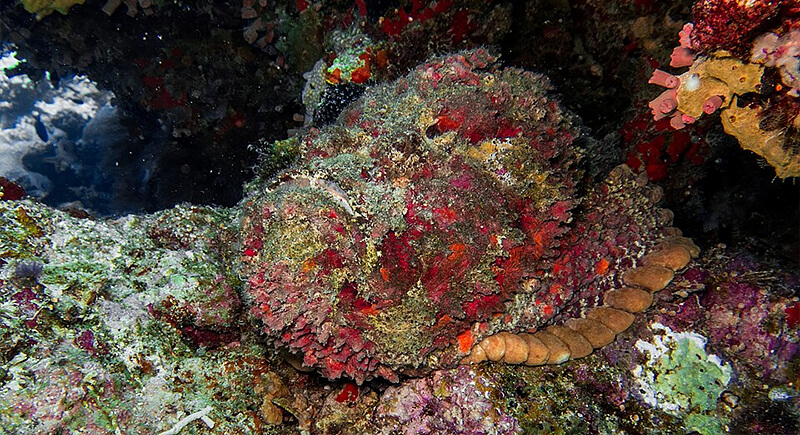
Credit: Wikimedia Commons
The stonefish rests on the seafloor, almost indistinguishable from rock. Stepping on it drives venom through sharp spines in its back. The sting causes intense pain and can be fatal without treatment.
Bull Shark

Credit: iStockphoto
Unlike most sharks, the bull shark doesn’t stick to oceans. It swims far into rivers and estuaries, even turning up in flooded streets during major storms. Known for its unpredictable behavior and muscular build, it’s one of three species responsible for most shark-related bites in Australia.
Death Adder
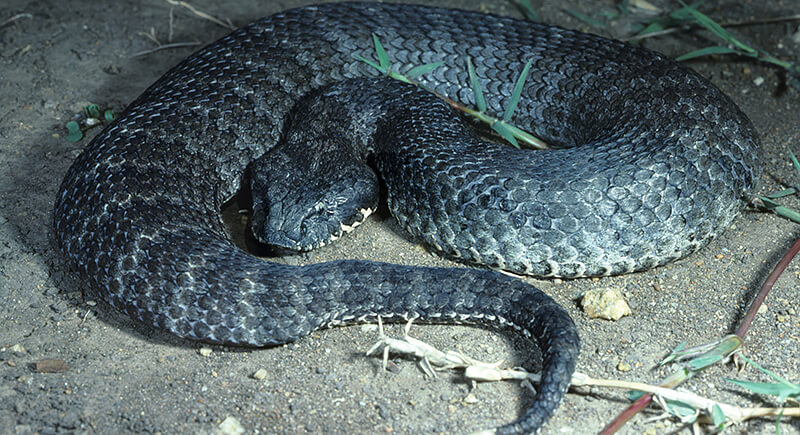
Credit: Wikimedia Commons
Perfectly camouflaged in leaves or soil, the death adder waits without moving. A twitch of its tail mimics a worm, drawing prey within reach. The strike is among the fastest of any snake, and the venom shuts down muscle control, leading to paralysis.
Redback Spider
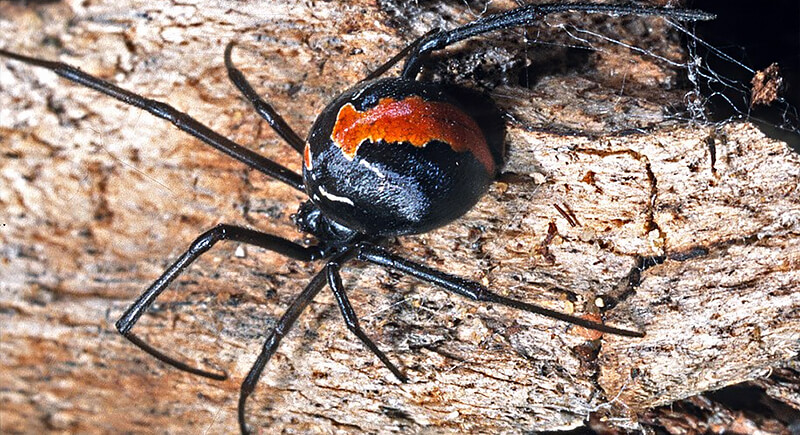
Credit: Wikimedia Commons
Females carry venom that affects the nervous system. While most bites aren’t fatal, serious reactions can develop in minutes, especially in children or those with health conditions. Antivenom is available, but the best strategy is just to stay aware of where you’re reaching.
Southern Cassowary
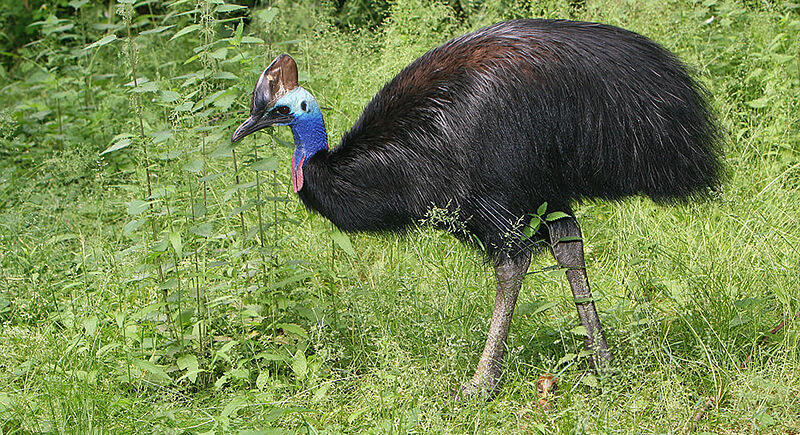
Credit: Wikimedia Commons
This bird can stand over six feet tall and weighs more than most people. A single kick drives a claw that functions like a dagger. Cassowaries avoid contact, but when provoked, they’re capable of inflicting fatal injuries in seconds.